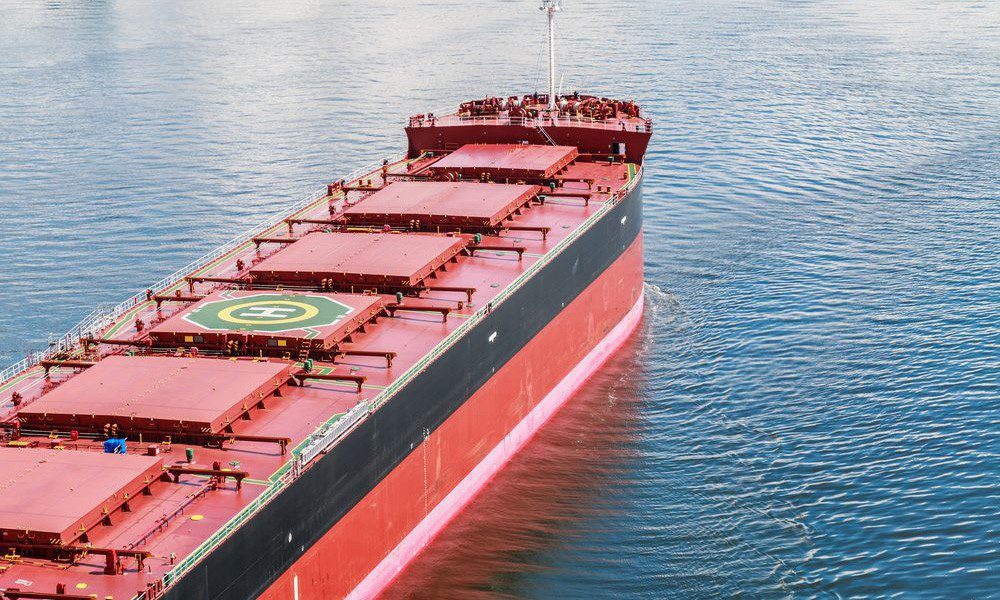 Andrew Buckland (MSI): “The peak rates we have seen in the run up to winter over the last few years will likely be a lot lower in 2025” (source: MSI)
Andrew Buckland (MSI): “The peak rates we have seen in the run up to winter over the last few years will likely be a lot lower in 2025” (source: MSI)
The large LNG carrier sector is about to experience an unprecedented level of deliveries, but not all will start work immediately in their respective projects
The large LNG carrier (100,000 to 209,999 cbm) is designed to be the export vehicle of choice and, as is the nature of this trade, these are long-term chartered against LNG export or LNG import projects. This explains why the top two beneficial owners of large LNG carriers are Japanese companies closely connected to meeting the LNG import requirements of Japanese energy companies.
However, it is not the profile of the current fleet that is of significant interest, but the enormous large LNG carrier orderbook. Depending on the data source used, the volume of large LNG carriers scheduled to enter the fleet in 2025 could be as many as there are large LNG carriers still in the water that were built between 1990 and 2005.
This raises some questions regarding how quickly these vessels will enter into long-term projects, and the impact on charter rates and values.
To be clear, there is no consensus on how many large LNG carriers are on order, or which particular project they are destined for. This is mainly due to the lack of transparency and inconsistency of the information circulating the market.
Fortunately, the various shipping data and information sources are able to give a reasonable indication of the situation. Regarding the question: who or what is the main /project of the 2025 deliveries? VesselsValue noted that 28% of the large LNGs due in 2025 are for QatarEnergy projects and 10% are for the Arctic LNG 2 project. A further 24% of the vessels due in 2025 currently have no charter attached. Ownerships of these vessels is split across 25 companies, with Smart LNG at the top with 11 Large LNG carriers due to be built 2025.
“Time-charter rates have already come under pressure from the huge orderbook”
Maritime Strategies International (MSI) /LPG shipping analyst Andrew Buckland tackled some of the difficult questions the surge in large LNG carrier deliveries in 2025 will pose for the industry. He noted that although the bulk of deliveries are scheduled for 2025, the new Qatari LNG trains are not expected to start exporting until 2026. Therefore, some of the Qatari deliveries will be used for the Golden Pass project in the US, where the first train is currently expected to start exporting in the first half of 2025 and the second train in the second half of 2025.
ExxonMobil also has vessels on order and due for delivery in 2025, that could be used by Golden Pass. Other than Golden Pass, the main projects providing new vessel employment in 2025 are Corpus Christi Stage 3 and Plaquemines LNG in the US, LNG Canada and Costa Azul in Mexico. Mr Buckland noted that Arctic LNG 2 in Russia could also be providing significant new employment for large LNG carriers in 2025 – if sanctions are /evaded.
The new LNG capacity scheduled for 2025 is not insignificant, with new trains starting in 2025 that will have a combined capacity of 40.9M tpa. But, he noted, the effective capacity added in 2025 will be less, due to start dates and projects ramping up to full capacity. He added that with little new capacity starting in 2024, the 2024 projects ramping up to full capacity are unlikely to provide much additional LNG for 2025.
LNG shipping stakeholders will be aware of the uncommitted newbuilds and those older vessels due to come off charter commitments in 2025 – what will be the impact on spot rates?
Mr Buckland noted that time-charter rates have already come under pressure from the huge orderbook. “Spot rates are likely to continue to see the seasonal fluctuations that happen most years,” he added. “But the peak rates we have seen in the run up to winter the last few years will likely be a lot lower in 2025.”
He noted that while there may be some delivery dates delayed in 2025, the impact will not be large. The one area where deliveries may have an impact is on older vessels. “It will cascade down to older vessels with the new, more efficient vessels replacing older, less efficient vessels to help meet more stringent environmental regulations,” he said.
Looking ahead, he noted that the huge orderbook is already having an impact. “Similar to time-charter rates,” he said, “second-hand values have already come under pressure from an orderbook that is equivalent to over 50% of the capacity of the current LNG fleet. As more of these vessels begin to be delivered, values will come under further pressure and all of the big uplift in second-hand values made in 2022 and 2023 will likely be eroded.”





